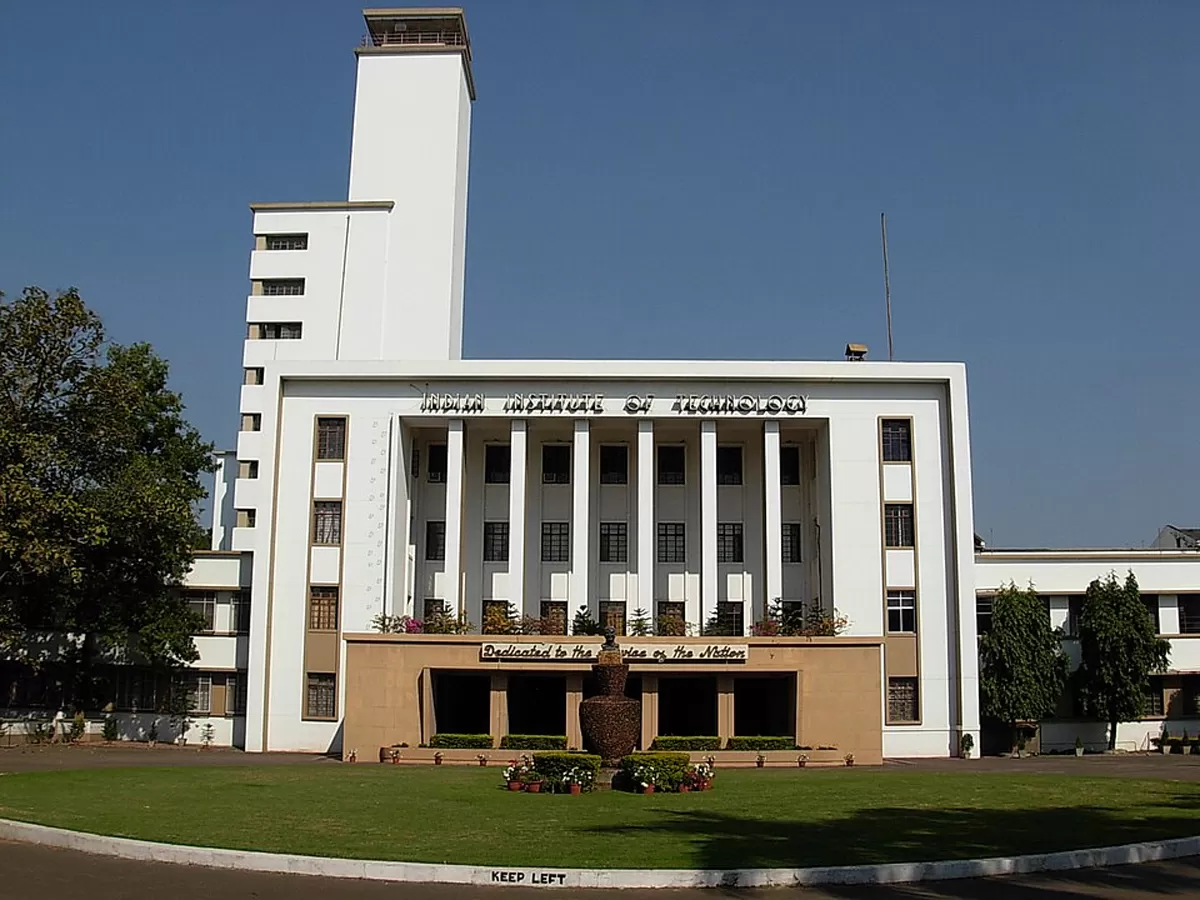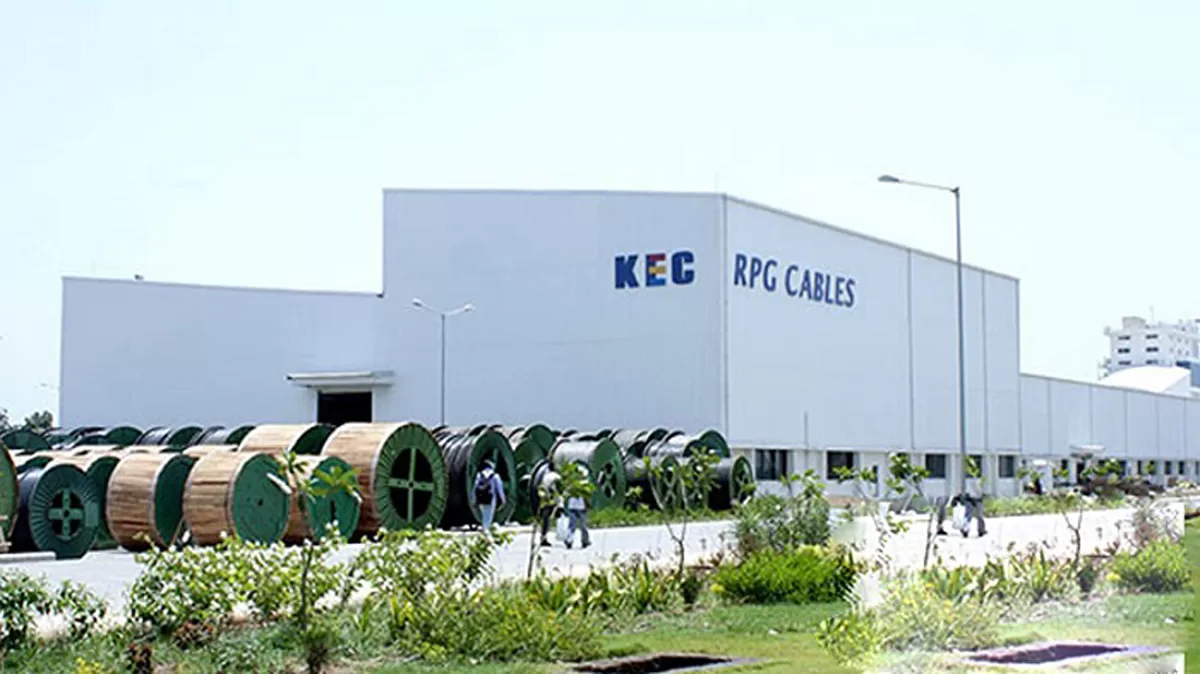Taha Ansari
Managing Director, Project Management, North
Colliers
“Stakeholders consider environmental opportunities like switching to renewable energy sources, utilisation processes that will conserve resources and minimise pollution, and reducing carbon footprint as key components to integrate into the ESG reporting for long-term sustainable growth.”
— Taha Ansari
Environment, Society, and Governance (ESG) is a much-talked-about topic globally; every nation is committed to improving the planet and gifting a better world to the coming generation. ESG is recognised as an element affecting a firm’s long-term value
and sustainability.
Complying with the ESG framework and meeting scores set by international regulatory bodies are opening up new opportunities like climate/green bonds for companies. We analysed the critical elements that will help enhance ESG performance and key areas that need to be targeted for the benefit of the organisation.
The environment is affected mainly by the institution’s dependence on fuel, management of water and energy, levels of pollution, land use pattern, and hazardous waste generation and disposal. As a result, the carbon footprint due to these factors could pose a risk to the company’s long-term financial well-being and survival.
Stakeholders consider environmental opportunities like switching to renewable energy sources, utilisation processes that will conserve resources and minimise pollution, and reducing carbon footprint as key components to integrate into the ESG reporting for long-term sustainable growth. Therefore, companies must demonstrate their progress in environment strategies that include four main steps or the 4 R’s,
namely renewal, recovery, removal, and reporting.
Renewal: executing a transition towards sourcing more renewable energy.
Recovery: addressing improvements in energy efficiency.
Removal: reducing greenhouse emission emissions.
Reporting: measuring and tracking sustainability performance, including internal and external performance audits.
To integrate the above strategies, companies must quantify their emission impact both in their operations and across the supply chain upstream and downstream. Parallel to tracking and monitoring, companies need to consider the following approach.
Unlock green growth and innovation
Opportunities from renewables and e-mobility to hydrogen solutions, along with many other inventions and low-carbon solutions will see enormous growth across all sectors.
Mobilise your organisation
From operations and procurement to development and strategy, climate transformation will involve people throughout the organisation in sustainable decision-making.
Integrate land use and biodiversity
A study by the United Nations Principle of Responsible Investment mentioned that biodiversity loss and deforestation are two of the foremost pressing sustainability challenges for investors. The reports on the decline of the Earth’s biodiversity and forests indicate that the worldwide economy, food system, and climate will be affected. It's time for companies to integrate, respond and disclose conservation and restoration activities. This would ensure a greater green cover, richer biodiversity, protection of species and larger carbon sinks.
The social presence of a company reflects how a corporation manages its relations with its employees, financial stakeholders, the communities it serves, and the political environment.
The influence of globalisation has created companies that are more integrated and interdependent than ever. This gradually leads to the broadening of the social scope.
All company stakeholders are tormented by social concerns, and a corporation's ability to avoid hurting its relationships and reputation is critical to maintaining a long-term competitive advantage. Here, we have highlighted three key pillars that need to be incorporated into the sustainable and resilient space:
Diversity, Equity, and Inclusion (DE&I)
A diverse, equitable, and inclusive workplace makes everyone feel equally involved and supported. This will also maximise the potential of every employee by empowering them to learn and deliver results.
Community relations and human rights
Community relations include the relationship in terms of the direct and indirect impact of external issues originating due to the operation of the companies. Measuring these parameters and diversifying corporate responsibility will be a key area that needs to be targeted not only for ESG performance but also for growth and progress for individual companies. Human right is an essential pillar of social evaluation. ESG strategies need to scrutinise internal policies and look for human rights violations throughout the supply chain.
Workplace health and safety
Since the pandemic, public and investor scrutiny of EHS has become even more critical. Scrutiny of EHS practices in the workplace will likely remain permanently elevated going forward. Measurements can include workers’ compensation claims, workplace accidents, policies around Personal Protective Equipment (PPE), and other health and safety concerns specific to
your industry.
Governance is an important aspect of putting ESG at the heart of the company strategy to build risk resilience, drive new opportunities, and address major internal and external challenges including economic uncertainties. The right board operating model, innovative approach, and ethical business practice are at the centre to minimise the governance risk and maximise ESG score. From the investor point of view, how companies interact with competitors, suppliers, governments, shareholders and other stakeholders, plays a crucial role in defining sustainable and resilient
business practices.
ESG, as a whole, is a complete package to integrate the company’s responsibility to capture, report and track activities that are collectively responsible
for a better work environment and risk mitigation.
About the author
Taha Ansari, Managing Director, Project Management, Colliers is a highly experienced professional with close to three decades of experience in the Real Estate industry. Currently, he is leading the Project Management Service Line in North and East India including financial planning, profitability, client relationships and new business.


















